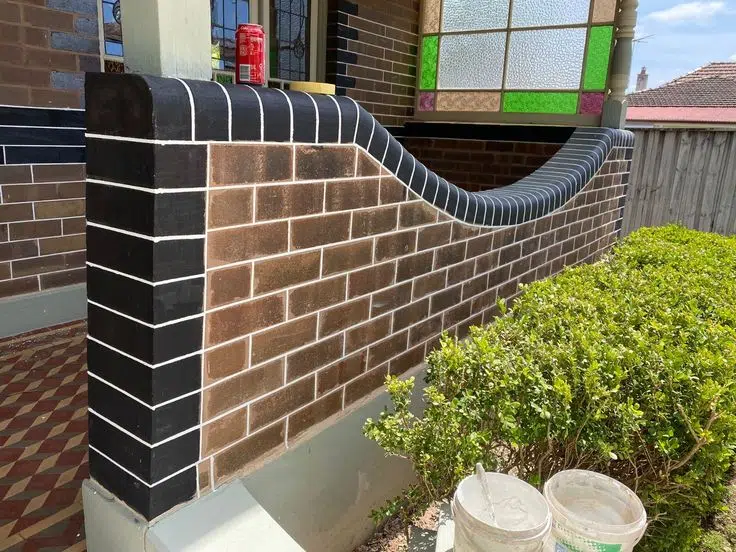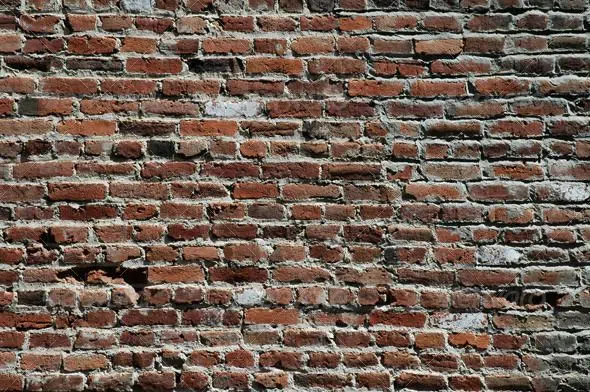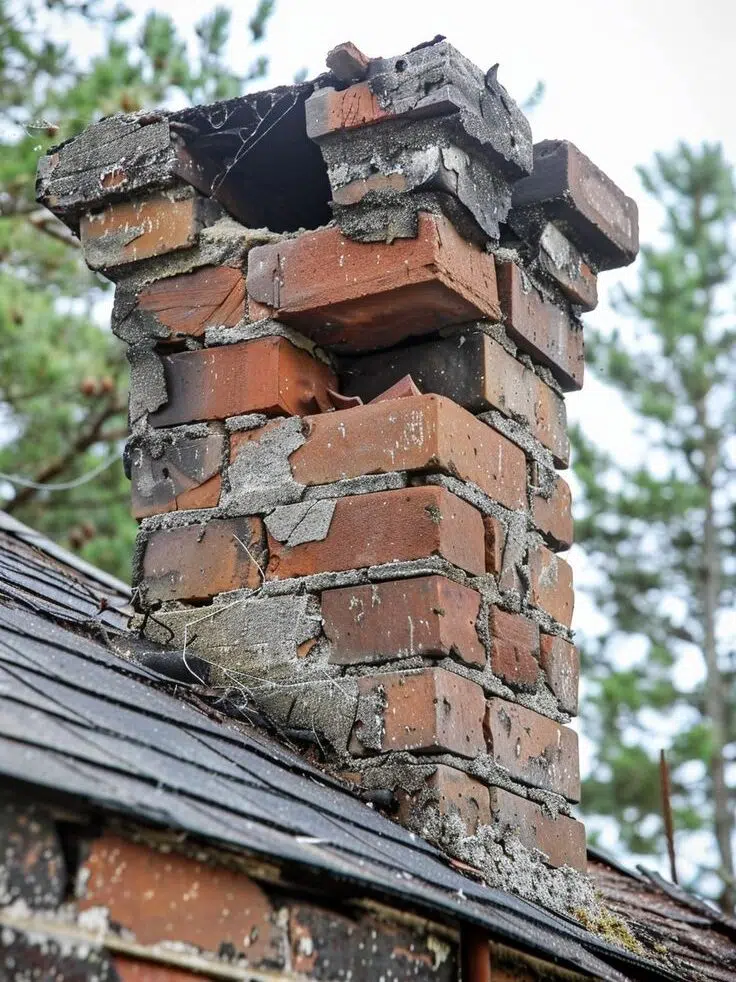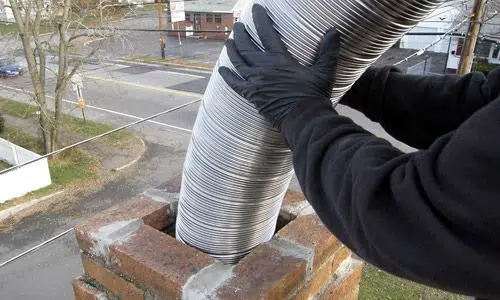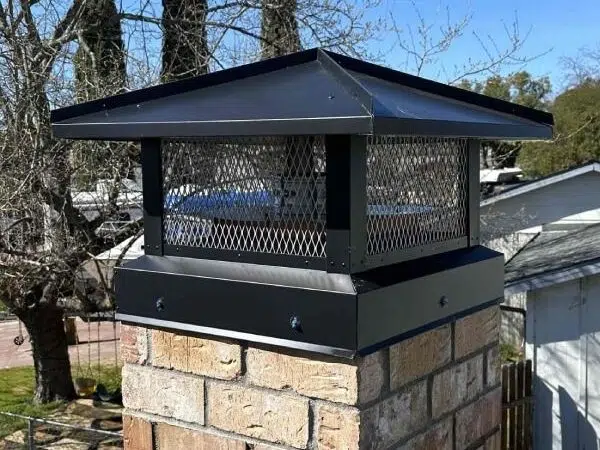DIY vs. Professional Masonry Fence Installation: Pros and Cons
When it comes to enhancing your property’s aesthetic appeal and security, a masonry fence can be an excellent addition. However, homeowners in Ontario often find themselves at a crossroads: should they tackle the project themselves or hire a professional contractor? This comprehensive guide will help you weigh the advantages and disadvantages of both options, ensuring you make an informed decision that best suits your needs, skills, and budget.
Skills and Equipment Required for DIY Masonry Fence Construction
Before diving into a DIY masonry fence project, it’s crucial to understand the skills and equipment necessary for successful completion. Building a masonry fence requires a combination of physical labor, technical knowledge, and specialized tools.
Essential Skills
- Basic masonry techniques (laying bricks or stones, mixing mortar)
- Ability to read and follow construction plans
- Understanding of local building codes and regulations
- Physical strength and endurance
- Problem-solving skills for unexpected challenges
Required Equipment
- Masonry tools (trowels, jointers, levels, etc.)
- Safety gear (gloves, safety glasses, work boots)
- Mixing equipment for mortar
- Wheelbarrow for transporting materials
- Scaffolding or ladders for taller sections
- Power tools (circular saw, drill)
While some homeowners may already possess these skills and have access to the necessary equipment, others might find the learning curve steep and the investment in tools substantial.
Potential Pitfalls and Challenges for Inexperienced Builders
DIY masonry fence construction can be rewarding, but it’s not without its challenges. Inexperienced builders should be aware of potential pitfalls that could compromise the quality, safety, and longevity of their fence.
Common Challenges
- Improper foundation: A stable foundation is crucial for a masonry fence. Errors in excavation or pouring concrete can lead to an unstable structure.
- Inconsistent mortar mix: Achieving the right mortar consistency is vital for proper brick or stone adhesion. Inconsistent mixes can weaken the fence.
- Uneven courses: Maintaining level and plumb lines throughout the fence requires skill and patience. Uneven courses can result in an unsightly and potentially unstable fence.
- Inadequate drainage: Failing to incorporate proper drainage can lead to water damage and premature deterioration of the fence.
- Overlooking expansion joints: Masonry fences need to accommodate thermal expansion and contraction. Forgetting to include expansion joints can cause cracking.
These challenges can be overwhelming for inexperienced builders and may result in costly mistakes or safety hazards if not addressed properly.
Benefits of Hiring a Professional Masonry Contractor
While DIY projects can be fulfilling, hiring a professional masonry contractor offers numerous advantages, especially for complex or large-scale fence installations.
Expertise and Experience
Professional contractors bring years of experience and specialized knowledge to your project. They understand the intricacies of masonry work, local building codes, and best practices for fence construction in Ontario’s climate.
Time and Efficiency
A professional team can complete the project much faster than a DIY approach. They have the manpower, tools, and streamlined processes to work efficiently without compromising quality.
Quality Assurance
Reputable contractors stand behind their work with warranties and guarantees. This ensures that your fence will be built to last and any issues will be addressed promptly.
Access to Materials
Professional contractors often have established relationships with suppliers, giving them access to high-quality materials at better prices than individual homeowners might obtain.
Permits and Inspections
Navigating the permit process and dealing with inspections can be daunting. Professional contractors are familiar with local requirements and can handle these aspects seamlessly.
Cost Comparison: DIY vs. Professional Installation
When considering DIY versus professional installation, cost is often a significant factor. Let’s break down the potential expenses for both options:
DIY Costs
- Materials (bricks/stones, mortar, concrete for foundation)
- Tools and equipment (purchase or rental)
- Permit fees
- Potential costs for mistakes or rework
- Your time and labor (opportunity cost)
Professional Installation Costs
- Labor fees
- Materials (often at a better rate than retail)
- Permit handling
- Warranty coverage
While DIY might seem less expensive upfront, it’s essential to factor in the value of your time, the potential for costly errors, and the long-term durability of the fence. Professional installation often proves more cost-effective when considering the overall lifespan and quality of the fence.
Importance of Proper Installation for Longevity and Safety
Regardless of whether you choose DIY or professional installation, the importance of proper construction cannot be overstated. A well-built masonry fence can last for decades, while a poorly constructed one may need repairs or replacement within a few years.
Safety Considerations
A masonry fence is a substantial structure that must withstand various forces, including wind loads and potential impacts. Proper installation ensures the fence remains stable and doesn’t pose a safety risk to people or property.
Longevity Factors
- Correct foundation depth and reinforcement
- Proper mortar joints and weep holes
- Appropriate use of ties and anchors
- Correct installation of capstones or coping
- Adequate drainage provisions
These factors contribute to the fence’s ability to withstand Ontario’s freeze-thaw cycles, heavy rains, and other environmental stressors.
Conclusion: Making the Right Choice for Your Masonry Fence Project
Deciding between DIY and professional masonry fence installation depends on various factors, including your skill level, available time, budget, and the complexity of the project. While DIY can be rewarding for those with the necessary skills and resources, professional installation offers peace of mind, quality assurance, and often better long-term value.
For homeowners in Ontario considering a masonry fence project, carefully evaluate your capabilities against the requirements of the job. If you’re unsure or the project seems daunting, consulting with a professional masonry contractor can provide valuable insights and potentially save you time, money, and stress in the long run.
Remember, a well-constructed masonry fence is an investment in your property’s value and security. Whether you choose to DIY or hire a professional, ensuring proper installation is key to enjoying a beautiful, durable fence for years to come.
\n\n\n
error: No faq

